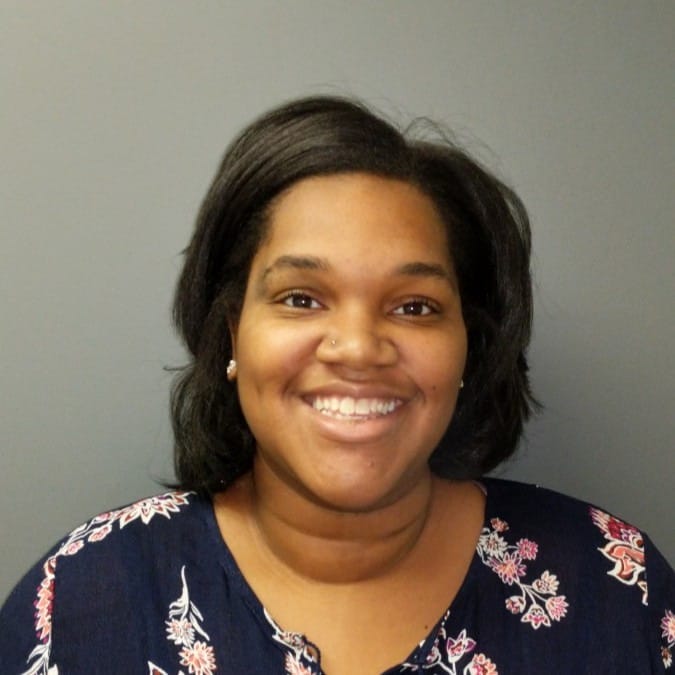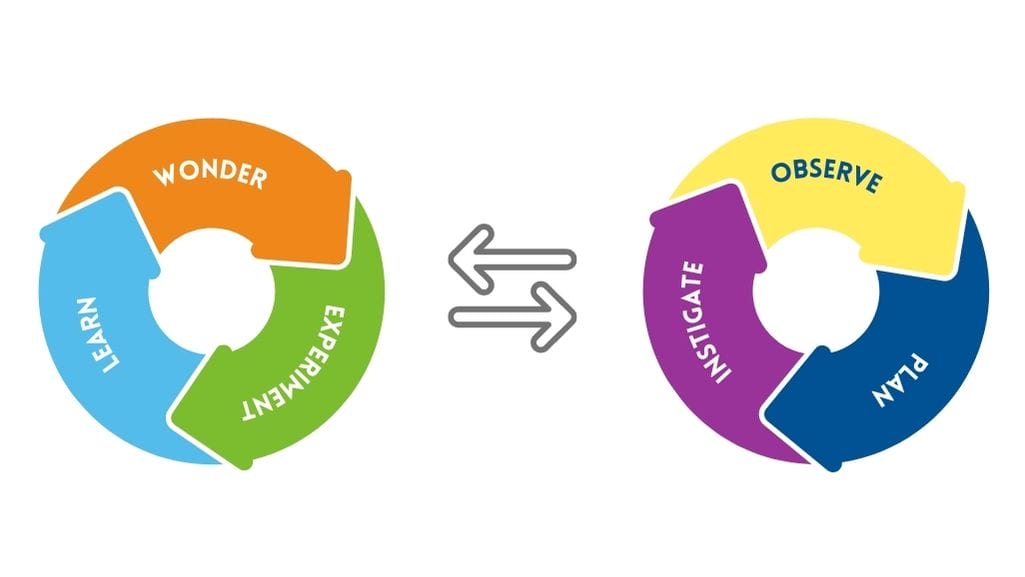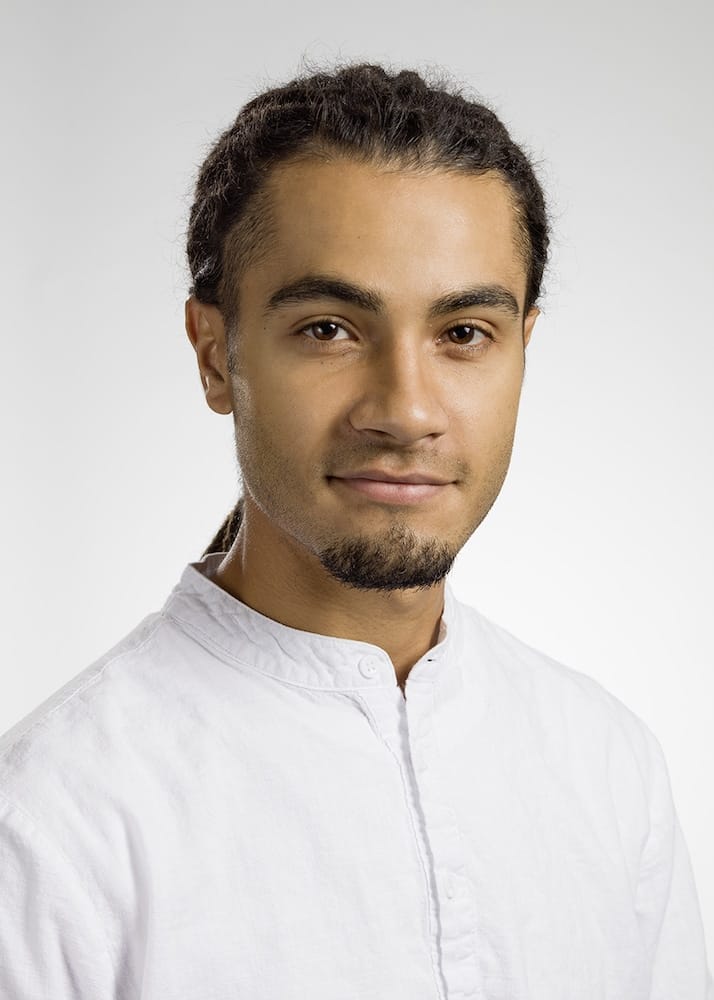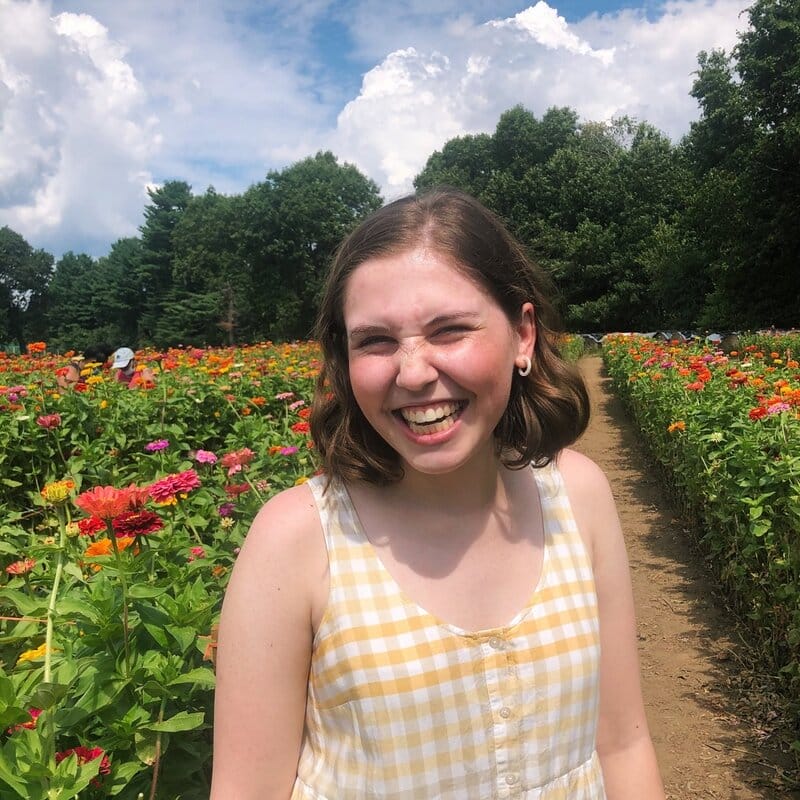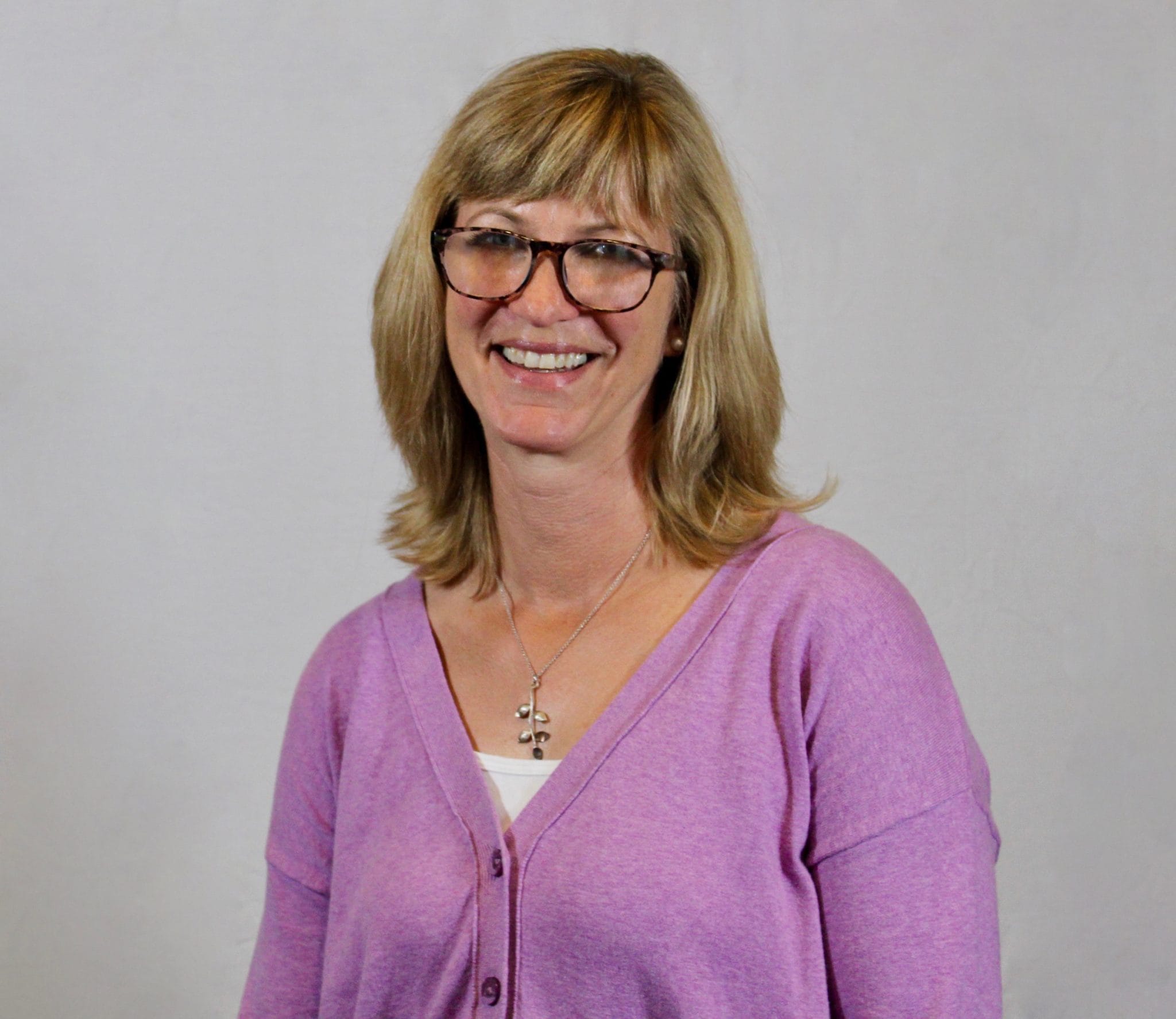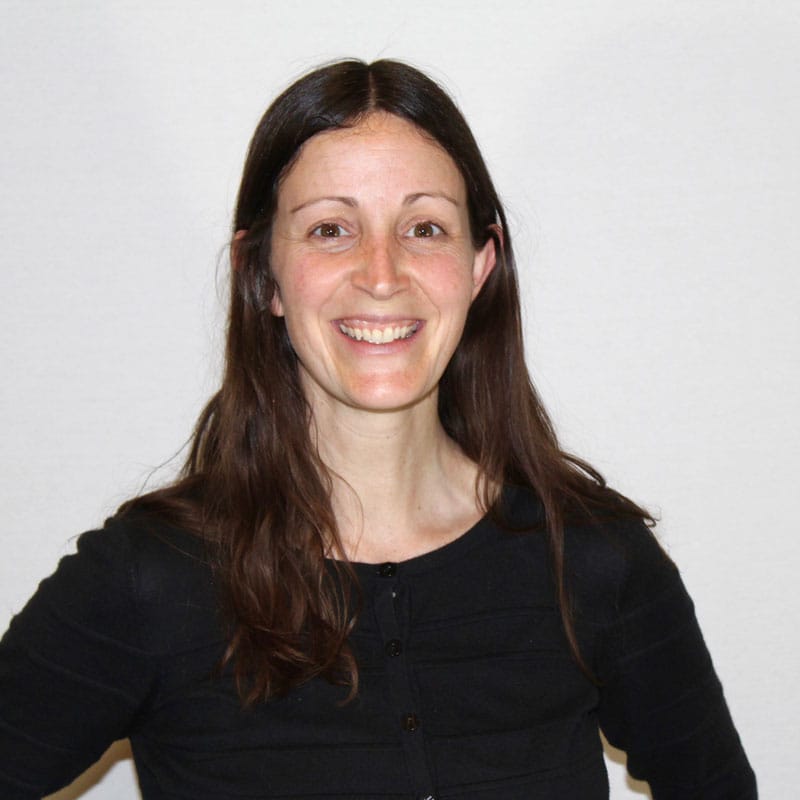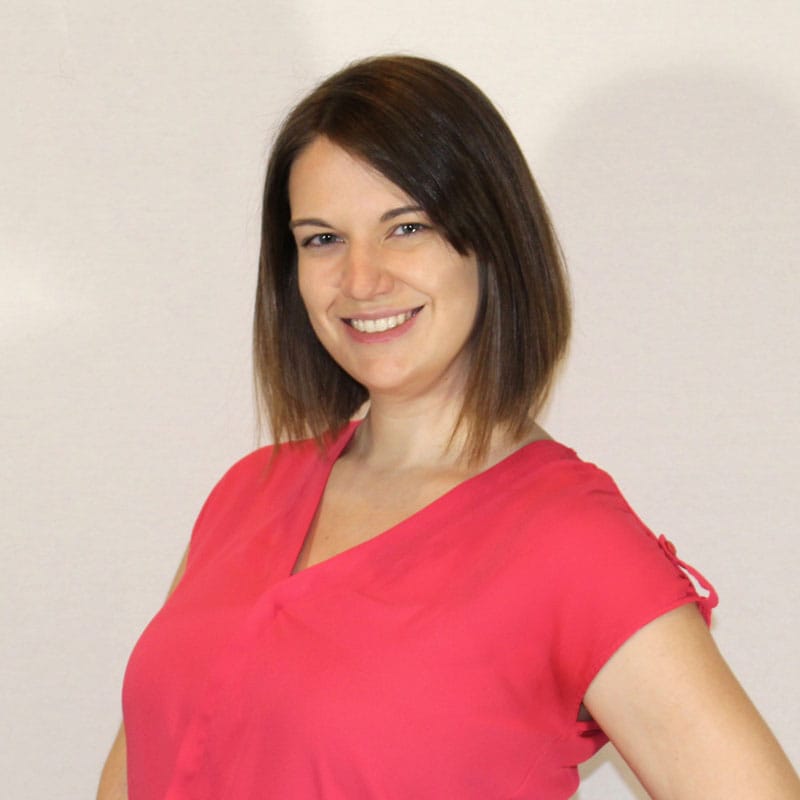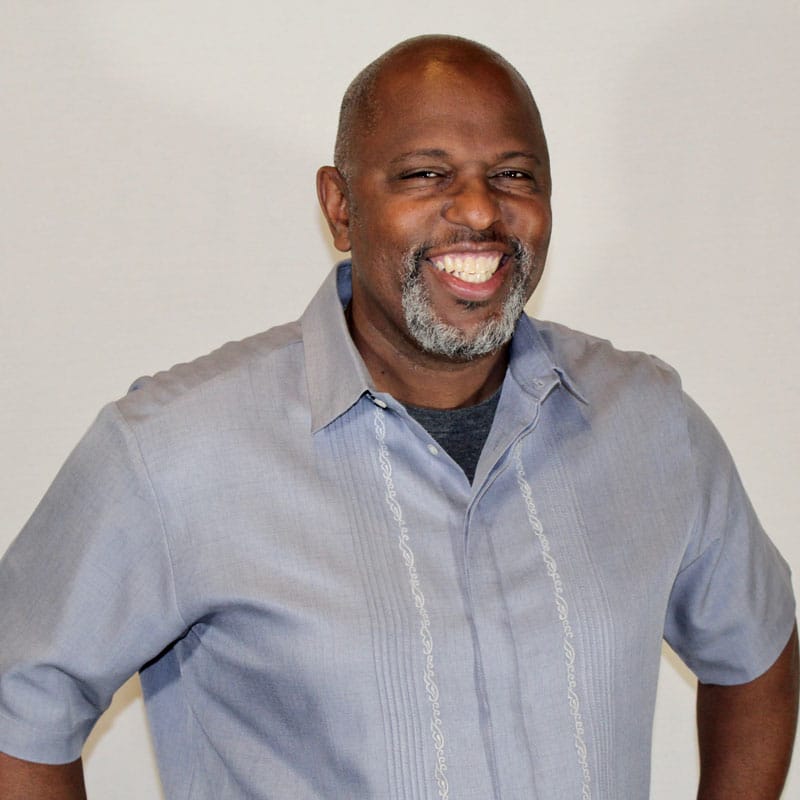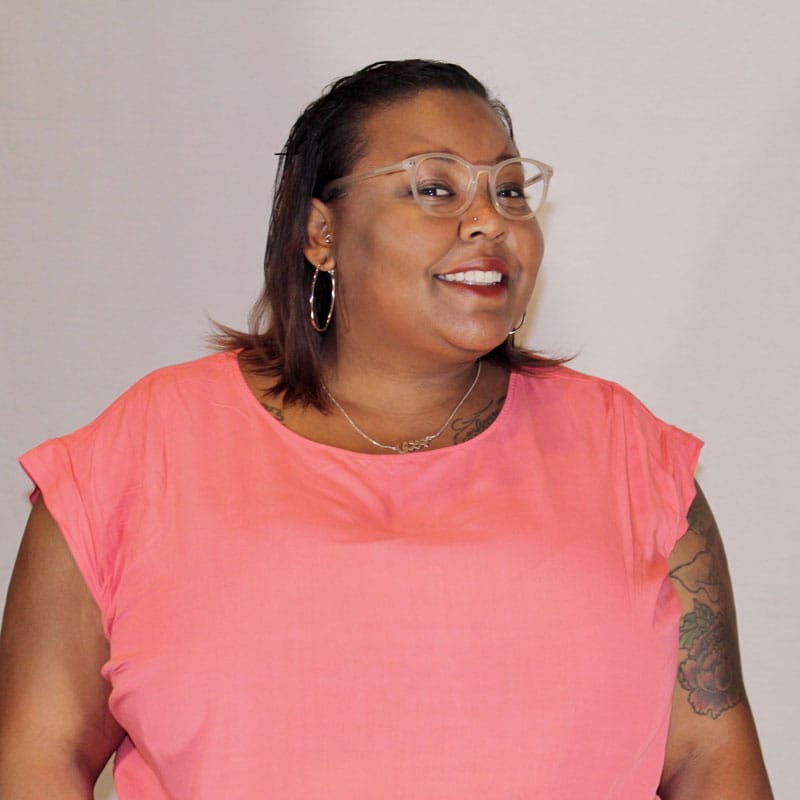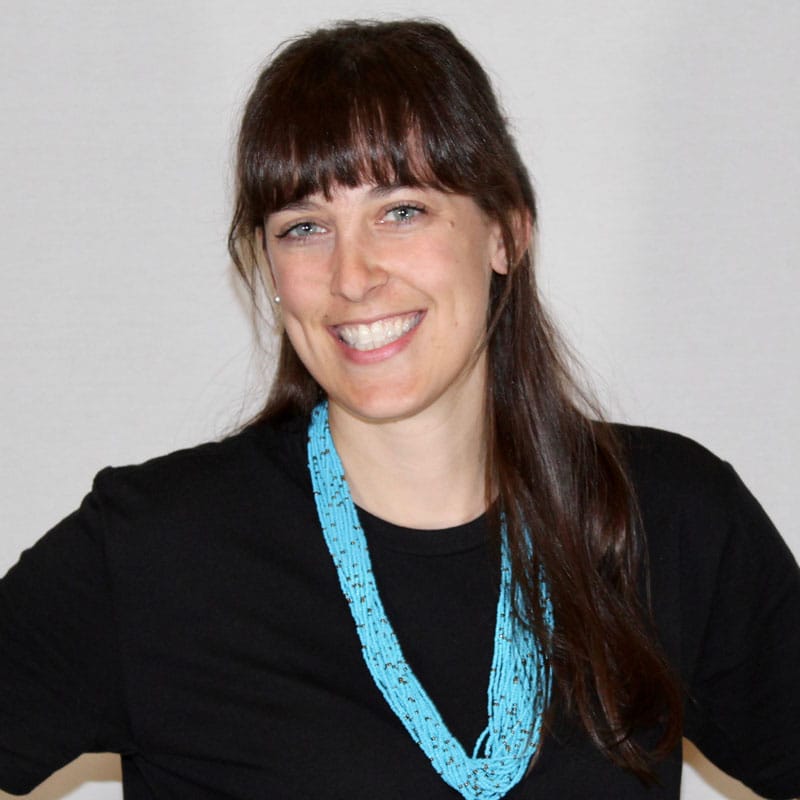May 4, 2015
(Photo: Sammy Magnuson/Center for Inspired Teaching)
This piece was written by Zia Hassan, a 2013 Inspired Teaching Fellow and third grade teacher at Truesdell Education Campus, a DC Public School. Zia and his class were recently featured in a short film made by the LEGO Foundation to explore how Center for Inspired Teaching trains teachers to infuse serious play into learning experiences for students.
“How do you use play in your classroom?” the camera man asked me.
It was mid-March, and I was being interviewed at my school by a LEGO Foundation film crew from Denmark. They were making a video about Center for Inspired Teaching, the innovative organization training me to be a teacher, and the crew had asked if they could observe and speak with some Inspired Teachers to see how we implement our training in the classroom.
I pulled at my hair. “That’s a really big question.”
In the spring of 2013, I wrote a blog post about why I wanted to leave consulting and become a teacher. My main reason back then was that I wanted to make the world more fun. I was super inspired about my new career, about which (I now realize) I knew nothing.
Over the last two years, I’ve struggled with the distance between the teacher I am right now and the one I want to be. But if there’s one thing I’ve always been good at, it’s noticing and appreciating brilliance. I notice brilliance in music, movies, books, and most of all, in people. When I became a teacher, noticing brilliance became my anchor. I made it my mission to genuinely and truly appreciate the brilliance in every single child I encountered.
So how do I do that now as a teacher in 2015, finishing my second year in the classroom?
It’s deceptively difficult. From the moment the first bell rings in August, students expect to be told where to sit, when to talk, what their reading levels are, and the specific mediums through which they are allowed to meaningfully express themselves. Structure and routine are not bad – in fact, they are keys to success for many students – but when compliance is all you expect from your students, it’s too easy for their brilliance to fly under the radar.
You want to watch brilliance in a room of 20 students? Set up your room with a variety of activities and give the students one single instruction: “go and play.” Then sit back and watch.
You’ll see the student who struggles to think of anything to write in her journal cutting words out of a magazine and gluing them to construction paper to create beautiful poetry.
You’ll see the student who never participates in class discussions arguing with his friends about the rules of Uno.
You’ll see the girl who gets nervous on math tests playing an online game where she exchanges gems for goods in a Zelda-like economy.
The boy who doesn’t like to take chances is using a piece of cardboard to try to make a swinging door for his cubby.
The girl who normally feels left out is leading a group in a low-budget science experiment using hydraulics to control a simple machine.
You’ve now created an environment that encourages students to go where their souls take them and that gives them the space and opportunity to practice doing what their hands and minds want to do. What was once a quiet, still space is now a laboratory bustling with engineers, musicians, lawyers, poets, strategists, fashionistas, scientists, artists, and magicians. Each of my students is so much more than a reading level, a report card, or a test score, and this is never clearer to me than when I watch students engrossed in play. When they play, anything is possible; and because they have the opportunity to design and create the experience, each student’s brilliance gets to shine.
Last week, the kids and I watched the final cut of the LEGO Foundation video together. The clips from our classroom showed us acting out paragraphs to learn the importance of including details in a piece of writing. I asked students to look for the main idea of the video as they watched. When we finished, they told me the main idea was that learning and play can happen at the same time. They said they felt proud to be in a class that learns through play.
I took a deep breath. The kids were clearly on a high from watching themselves in the video, and I hated to deflate the moment. But I had to be honest with them and clearly set what I believed were realistic expectations for our classroom.
“Can we always do that?” I asked slowly. “Play, I mean? What about learning things like how to write an essay? There are probably lessons like that where we have to be focused without really playing. And that’s ok, too.”
And that’s when my students surprised me.
“Or,” one girl chimed in, “we could learn how to write topic sentences through a board game where your opponent needs to join two sentence parts with a conjunction.”
They say that learning has a buzz to it. All of a sudden, my room became a beehive.
“What about creating a run-on sentence that stretches around the walls of the room and we have to fix it as a class?” another student suggested.
“Or we could play Ghosts in the Graveyard except when you’re tagged you have to say a word with an r-controlled syllable!”
“We could use chalk and write a persuasive letter on the pavement for people on the street!”
You might imagine how I was feeling in the middle of all of this. My heart was bulging through my chest as I listened to my students take ownership over their learning. I smiled, involuntarily.
“That,” I said, “is absolutely brilliant.”

